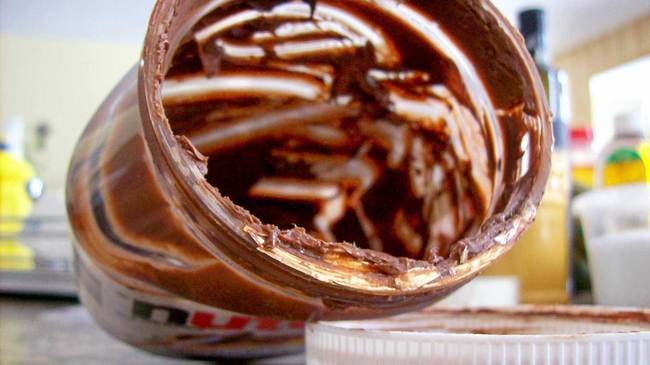Here's What Actually Happens To The Stuff You Recycle
by N/A, 11 years ago |
3 min read
|
25
If you haven't done your part to save the planet by recycling, these facts will make you want to start.
1. The first newspaper recycling program started in Maryland in 1970.

2. Over 10,000 communities in the U.S. today have access to curbside recycling.

3. The first step in the recycling process is for the contents of your bins to be sorted and processed.

4. Plenty of un-recyclable stuff gets thrown our bins.

5. If a batch of recyclables is sorted well, it's worth more money as raw material.

6. The first stage in sorting is for workers to hand-sort and remove any materials that can not be recycled.

7. Dirty boxes, cans and other containers are sent to a landfill.

8. Materials are then machine sorted and separated into bales.

9. Paper has to be separated by type.

Each type is separated into bales and then churned into pulp. Then it's sent back into the same paper-making process.
10. Corrugated cardboard is one of the most recycled materials in the U.S.

11. Glass is sometimes separated by color before it's washed.

12. Other times it's crushed together and called "mixed cullet."

This is used for landscaping, paved surfaces and septic tanks.
13. Aluminum is crushed into bales.

The bales are melted down and reformed into new products like foil and cans.
14. Plastic bottles are the most difficult to recycle.

Some recycled plastics are made into fleece. Others are made into artificial lumber for outdoor furniture.
15. Many bales of recycled materials are exported to China.

16. Batteries are recycled differently.

Due to the large amount of chemicals in batteries, they have to be recycled separately. Batteries are smashed so that the chemicals can be sorted. Alkaline/zinc carbon batteries are the only ones that can be fully recycled.
17. The most valuable part of printer ink cartridges is the small amount of ink left inside.

After the last bit of ink is extracted, the cartridges are thrown away.
18. There's a few things you can do to contribute to your communities recycling initiative.

19. Be more careful with what you recycle.

Clean out containers and make sure you're recycling clean paper.
20. Buy items made from recycled materials.

✕
Do not show me this again
